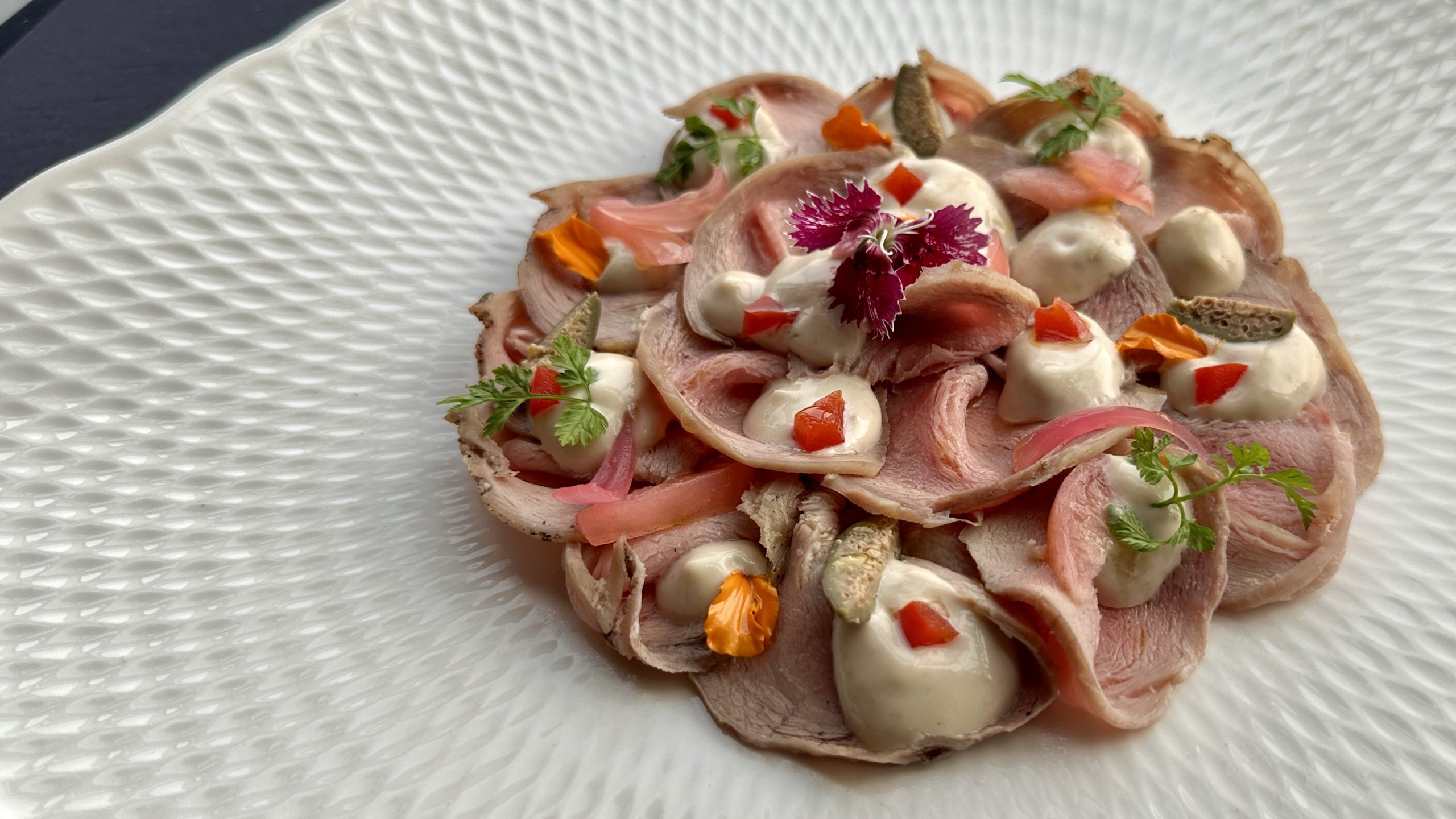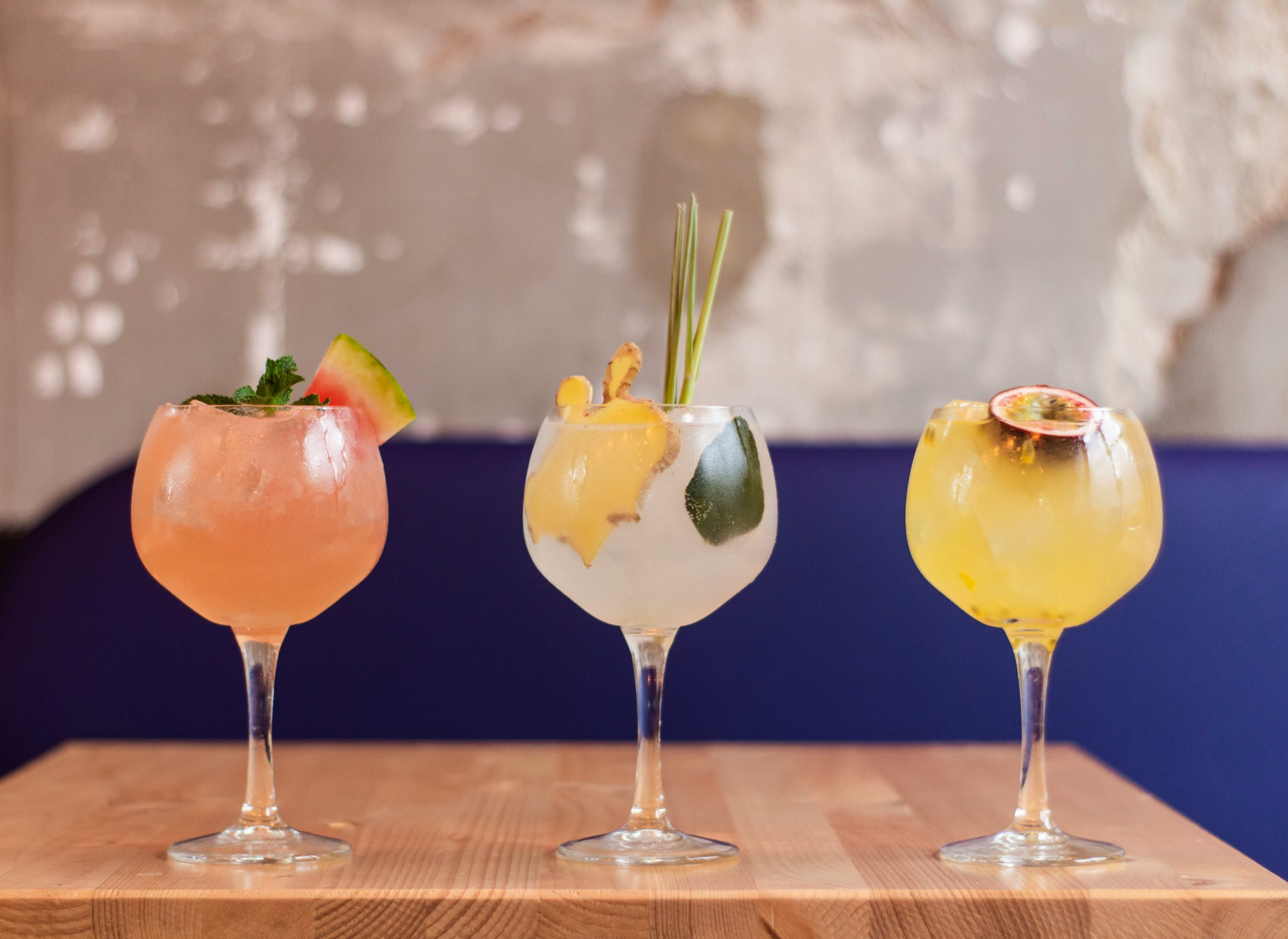Veal, a culinary delight, has long been associated with high-end dining and gourmet cooking. Originating from the tender flesh of young calves, typically around 20 weeks old, veal is cherished for its delicate, tender, and subtly rich flavour. Unlike beef, which comes from mature cattle, veal offers a lighter, more refined taste and texture that has become a staple in various international cuisines.
The Distinctive Qualities of Veal
Veal is often lauded for its softer texture and milder flavour compared to beef. Its pale, almost milky colour is a testament to the young age of the animal and its primarily milk-based diet. The meat is leaner and contains fewer calories and fats than beef, making it a preferred choice for health-conscious diners and chefs alike.
Culinary Benefits: A Palette of Possibilities
Veal’s tenderness is unparalleled, providing a melt-in-the-mouth experience that is hard to achieve with beef. This makes it a prime candidate for various cooking methods, including grilling, braising, and sautéing.
The versatility of veal allows chefs to explore a myriad of culinary creations. From the classic Italian Osso Buco to the French Blanquette de Veau, veal can be transformed into a plethora of dishes that span across different cultures and cooking techniques.
Veal pairs beautifully with a variety of ingredients, such as wine, herbs, and seasonal vegetables, allowing chefs to create balanced and harmonious dishes. Despite its luxurious status, veal is surprisingly low in fat and is a good source of vital nutrients like protein, vitamin B12, and zinc.
Veal vs. Beef: A Comparative Glimpse
While beef is celebrated for its robust, hearty flavour and is a staple in numerous traditional dishes, veal offers a unique, delicate profile that is often preferred in gourmet cooking. The subtle flavour of veal allows chefs to craft dishes where the meat enhances, rather than overshadows, the accompanying ingredients. Moreover, veal can be a more digestible option, making it suitable for light and refined dishes.
The Prestige of Veal: A Symbol of Culinary Luxury
Veal has long been associated with luxury and prestige in the culinary world. Its presence on a menu often signifies a certain level of sophistication and quality in a restaurant. The meticulous care required in rearing veal calves, coupled with the skill needed to perfect veal dishes, adds to its esteemed reputation.
In various cultures, veal is reserved for special occasions and is considered a treat. For instance, in Italian cuisine, “Vitello Tonnato,” a dish of cold, sliced veal covered with a creamy, tuna-caper sauce, is often served during festive seasons. Similarly, in French cuisine, veal is prominently featured in celebratory dishes, showcasing its esteemed status.
Ethical Considerations: A Note on Conscious Consumption
While the culinary world cherishes veal, it is crucial to acknowledge the ethical considerations surrounding its production. The welfare of the calves is a significant concern, and thus, it is imperative to support producers who adhere to ethical and humane practices. Opting for rose veal, where calves are given more time and freedom to grow, or choosing suppliers who prioritize animal welfare, can be steps towards more conscious consumption.
Why You Should Try This Luxurious Meat
Veal, with its delicate flavor, tender texture, and prestigious reputation, undoubtedly holds a special place in the culinary world. Its versatility and unique qualities make it a favored choice among chefs and gourmands alike. However, as we savor the exquisite taste of veal, it is equally important to ponder upon and address the ethical aspects of its production, ensuring that our indulgence does not compromise compassion and sustainability.



